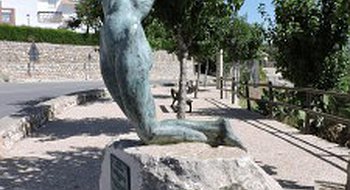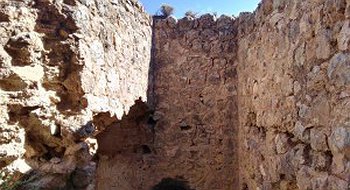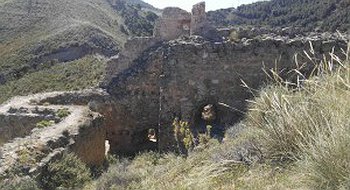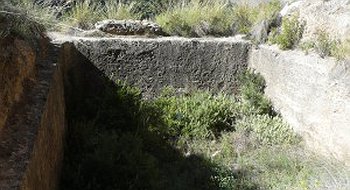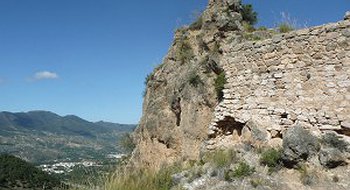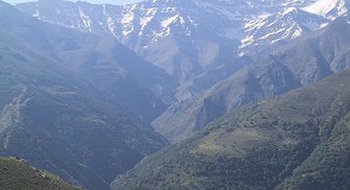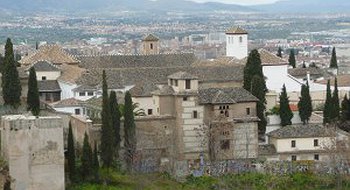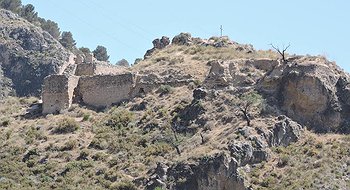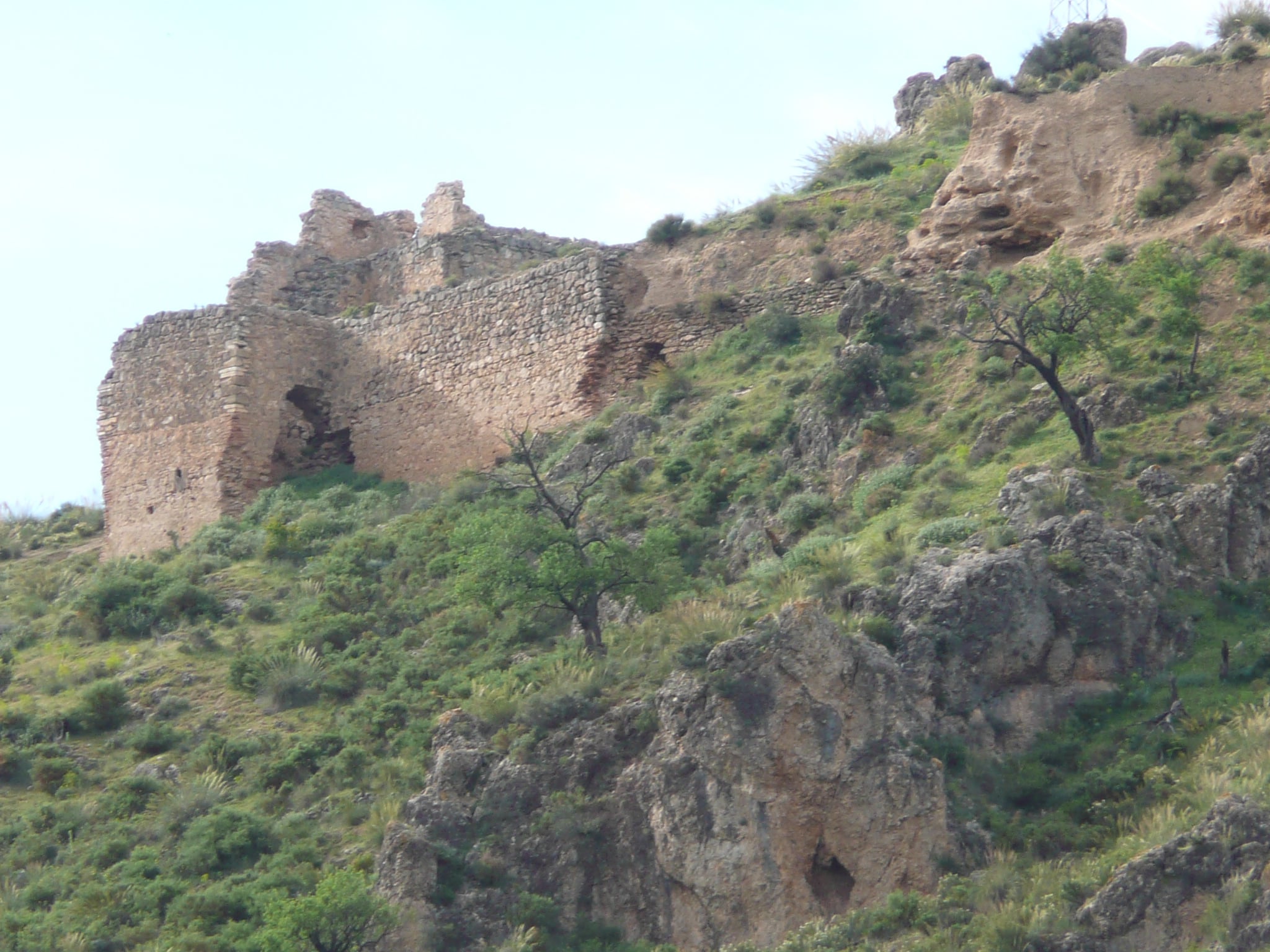 THE CASTLE OF ZORAYA IN MONDÚJAR
THE CASTLE OF ZORAYA IN MONDÚJAR
There was a time when the Nasrid sultan Muley Hacen reigned in Granada, back in the 15th century. In one of his battles against the Christians, the king met a beautiful Christian whom he took captive to the Alhambra and fell madly in love with her. Although it is thought that she was locked in the Torre de la Cautiva, one of the towers of the walled city, named in her honor, Isabel de Solís fell at the feet of Muley Hacen, whom she married and married. He converted to Islam, taking the name Zoraya, which means "Morning Star." This provoked the ire of the first woman the king, Aixa, the mother of Boabdil. A great rivalry was born between the two, causing Aixa to move for a time to her palace in the Albaicín, the Palacio de dar-Al Horra (“The House of the Honest”, named in honor of this brave sultana). Meanwhile, the love between Muley Hacen and Zoraya grew stronger and stronger.
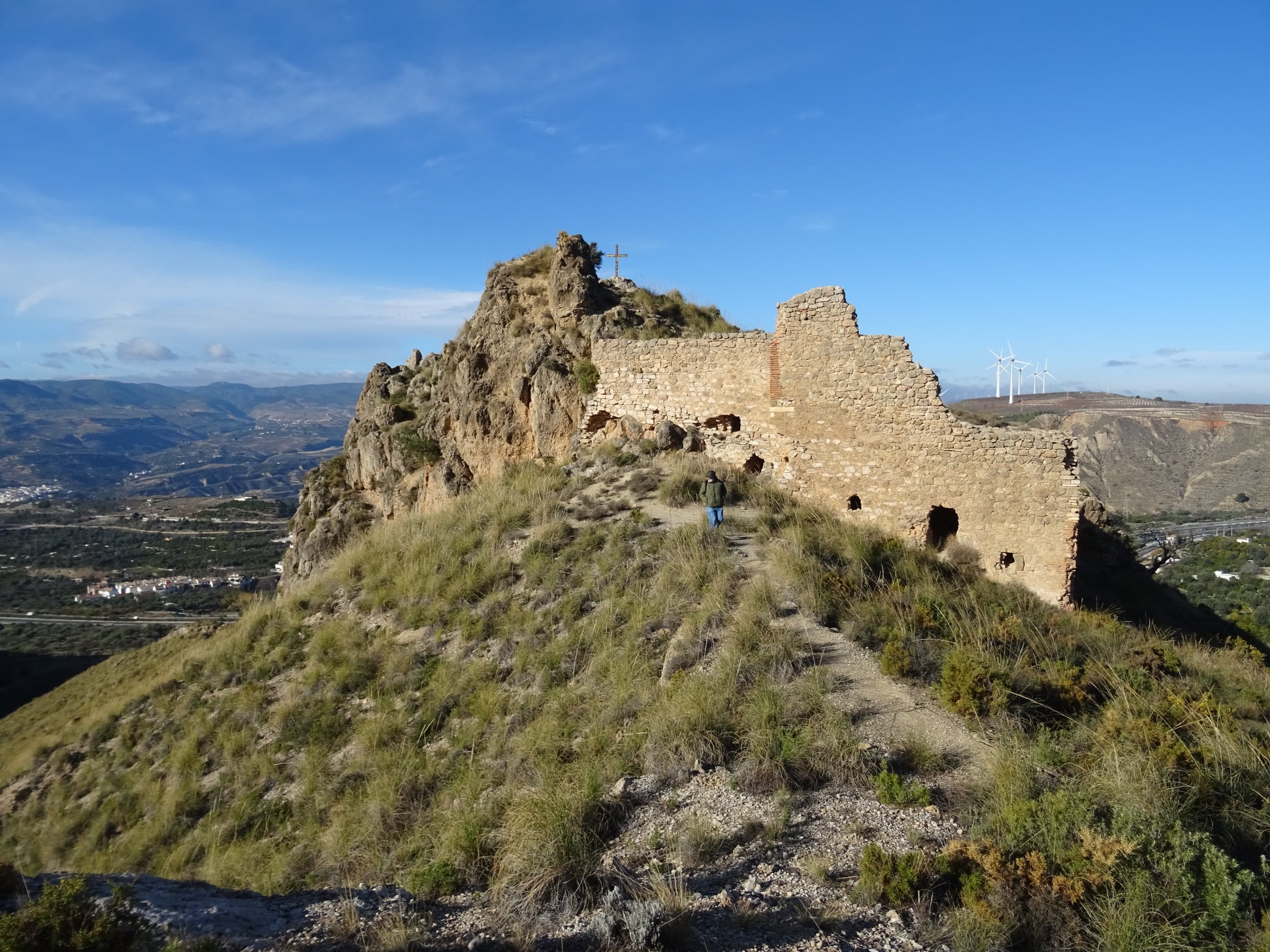 As a symbol of this, a castle stands out that we find in Mondújar, in the heart of the Lecrín Valley, and that, according to what is said, was a wedding gift from the Sultan to his beautiful princess Zoraya. Due to the power struggle that occurred with his son Boabdil, "El Rey Chico", when he managed to access the throne, Muley Hacén was forced to move with Zoraya and the two children they had in common, to this castle in the one who would live and in which, according to tradition, he died, being buried in the highest hill of Sierra Nevada, which was called Mulhacen in his name.
As a symbol of this, a castle stands out that we find in Mondújar, in the heart of the Lecrín Valley, and that, according to what is said, was a wedding gift from the Sultan to his beautiful princess Zoraya. Due to the power struggle that occurred with his son Boabdil, "El Rey Chico", when he managed to access the throne, Muley Hacén was forced to move with Zoraya and the two children they had in common, to this castle in the one who would live and in which, according to tradition, he died, being buried in the highest hill of Sierra Nevada, which was called Mulhacen in his name.
The castle is located in one of the most spectacular enclaves in the province of Granada: the Lecrín Valley. In the municipality of Mondújar, on a small hill stands this fortress from the Nasrid period, built in the 15th century. Its structure is irregular due to the terrain and the entrance ramp and double bend inside the tower is preserved, a technique that was used to make it difficult for enemies to enter. In addition, this set also had other towers and watchtowers that allowed control of the entire area, becoming one of the most important strategic places during the Nasrid period in the province.
The water supply was essential, so we can also see the remains of the cistern and the ditch that brought the water to the castle. The cistern consisted of a half-barrel vault with an altitude of 1.64 meters from the ground. In addition, you can see traces that indicate the existence of garden areas.
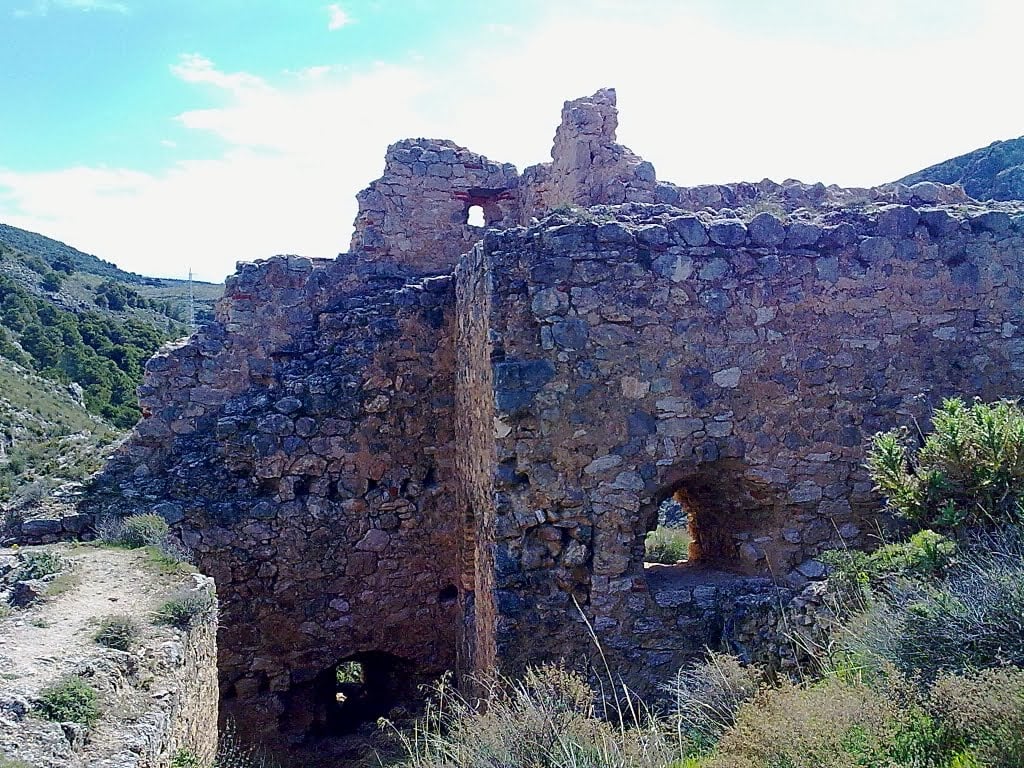
On the other hand, the discovery of a Muslim cemetery near the Mondújar farmhouse stands out. According to written history, Boabdil decided back in 1491 to exhume the remains of his ancestors who were resting in the Alhambra, and transfer them to Mondújar, where he believed that they would rest in peace for all eternity. There are references that Morayma, Boabdil's wife was buried near this castle in Mondújar. Later in 1925, one of the most important conservative architects of Granada, Leopoldo Torres Balbás, carried out excavations in which he found more than 70 empty tombs in the Alhambra, which, according to his writings, proved that the transfer of these remains to Mondújar was done very carefully.
If you want to visit the Lecrín Valley to get to know these wonderful corners, we have a wide variety of accommodation, beautiful rural houses and hotels to choose from, to eat there are different restaurants to choose from, and if what you are looking for is something different, our active tourism companies, they offer all kinds of activities and sensations.
Article by María Lopez Rodriguez
GO TO BLOG

